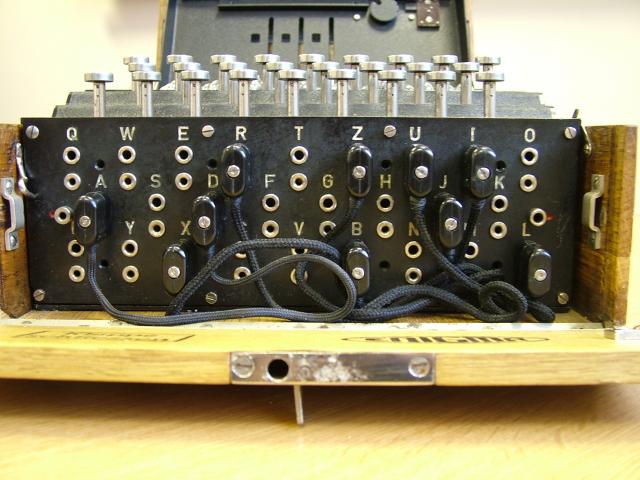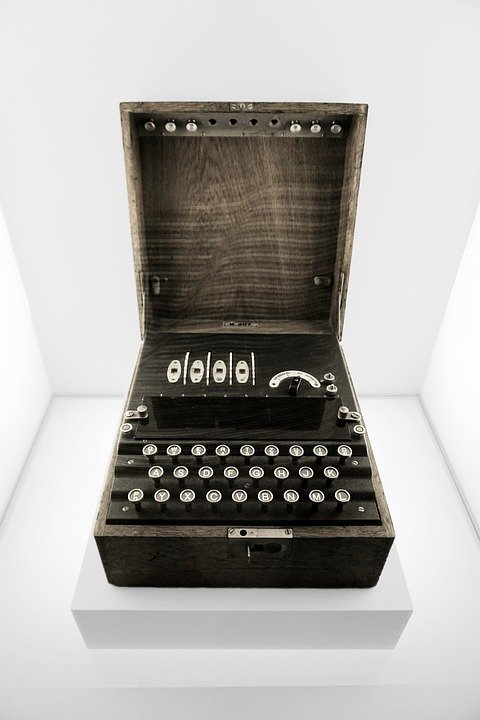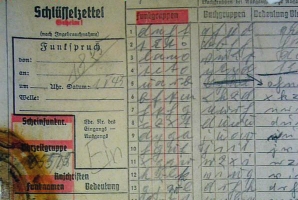


From 1942 onward the Axis also sought to prevent the build-up of Allied supplies and equipment in the British Isles in preparation for the invasion of occupied Europe. Rationing in the United Kingdom was also used with the aim of reducing demand, by reducing wastage and increasing domestic production and equality of distribution. In essence, the Battle of the Atlantic involved a tonnage war: the Allied struggle to supply Britain and the Axis attempt to stem the flow of merchant shipping that enabled Britain to keep fighting.

Britain required more than a million tons of imported material per week in order to survive and fight. The Germans were joined by submarines of the Italian Regia Marina (Royal Navy) after Germany's Axis ally Italy entered the war on June 10, 1940.Īs an island country, the United Kingdom was highly dependent on imported goods. These forces were aided by ships and aircraft of the United States beginning September 13, 1941. Convoys, coming mainly from North America and predominantly going to the United Kingdom and the Soviet Union, were protected for the most part by the British and Canadian navies and air forces. The Battle of the Atlantic pitted U-boats and other warships of the German Kriegsmarine (Navy) and aircraft of the Luftwaffe (Air Force) against the Royal Navy, Royal Canadian Navy, United States Navy, and Allied merchant shipping. The campaign peaked from mid-1940 through to the end of 1943. At its core was the Allied naval blockade of Germany, announced the day after the declaration of war, and Germany's subsequent counter-blockade. This gave the Allies a tremendous upper hand, and turned the tide of World War II.The Battle of the Atlantic, the longest continuous military campaign in World War II, ran from 1939 to the defeat of Nazi Germany in 1945, covering a major part of the naval history of World War II. It was impossible to know a cipher before it was coded and transmitted, but eventually, Bombe machines could decipher a Nazi cipher in under 20 minutes. Bombe machines ran simulations that generated possible outputs to try and match a message, and thereby reveal its original, undecrypted form. A Bombe machine was essentially a pre-modern computer, a giant calculator that daisy-chained 36 Enigma machines simultaneously. Another big crib, as Brilliant explains? Nazis always, foolishly so, ended their messages with "Heil Hitler." This gave cryptologists a whole bunch of freebie letters every time.īritish mathematicians Alan Turing and Gordon Welchman ran with the research provided by Polish mathematicians and built what's called a Bombe machine. We already talked about two cribs: Enigmas not being able to substitute a letter for itself, like "M" for "M," and plugboards only swapping two letters for each other.
#NAZI ENIGMA SIMULATOR CRACK#
Key breakthroughs began with "cribs," assumed parts of messages that could be used to crack the entire code. Operators could even re-assign the plugs mid-sentence, mid-word, whenever.Īs the BBC explains, initial success in deciphering the Enigma came from Poland, who had the foresight to use mathematicians rather than linguists, like in England. The already scrambled "sdhk jof flsjk," for example, would become another string of letters entirely according the transposition dictated by the plugboard. Another potential limitation? The plugboard just swapped letters, like "G" for "Y." Knowing one meant you could discern the other.Įach and every randomly generated letter assignment got re-routed according to the plugboard. This would prove a key factor in figuring out how the Enigma machine worked. This also meant that no letter could be plugged into itself - no "M" to "M," for instance. Because there were 26 letters, this meant 13 plugs, each end jacked into a different letter. Each letter had an electrical jack similar to the quarter-inch jacks used by musicians to plug in their instruments. As Brilliant explains, operators used male-to-male cords to connect one letter to another. Plugboards were laid out like qwerty keyboards on the back of an Enigma machine.


 0 kommentar(er)
0 kommentar(er)
